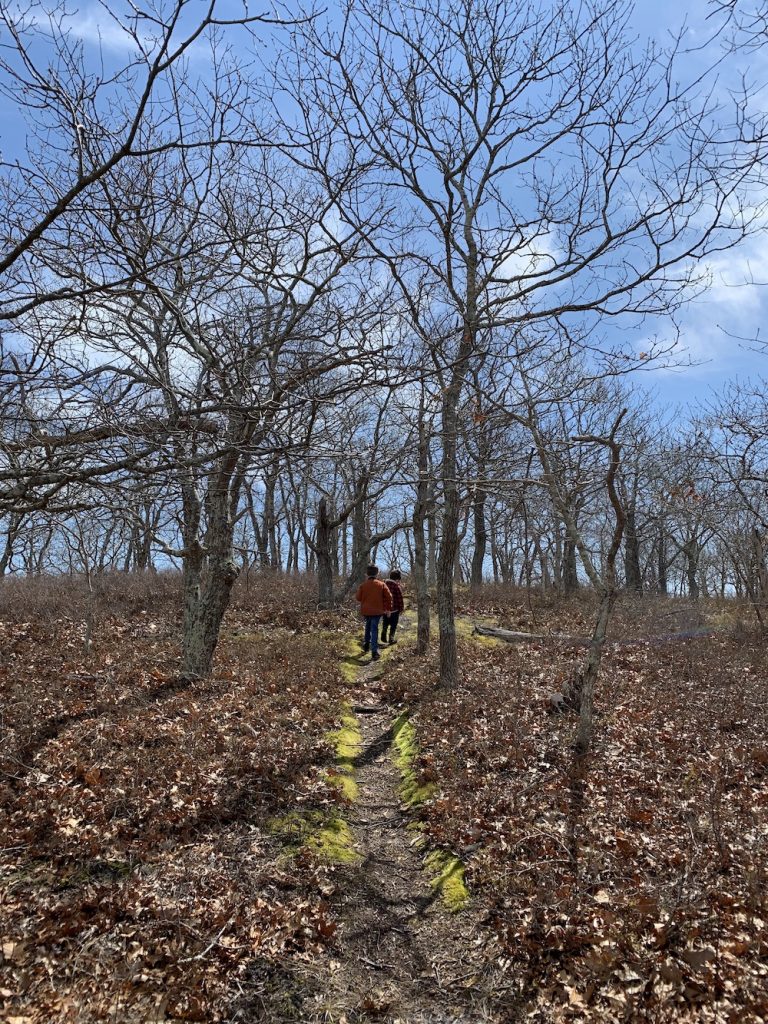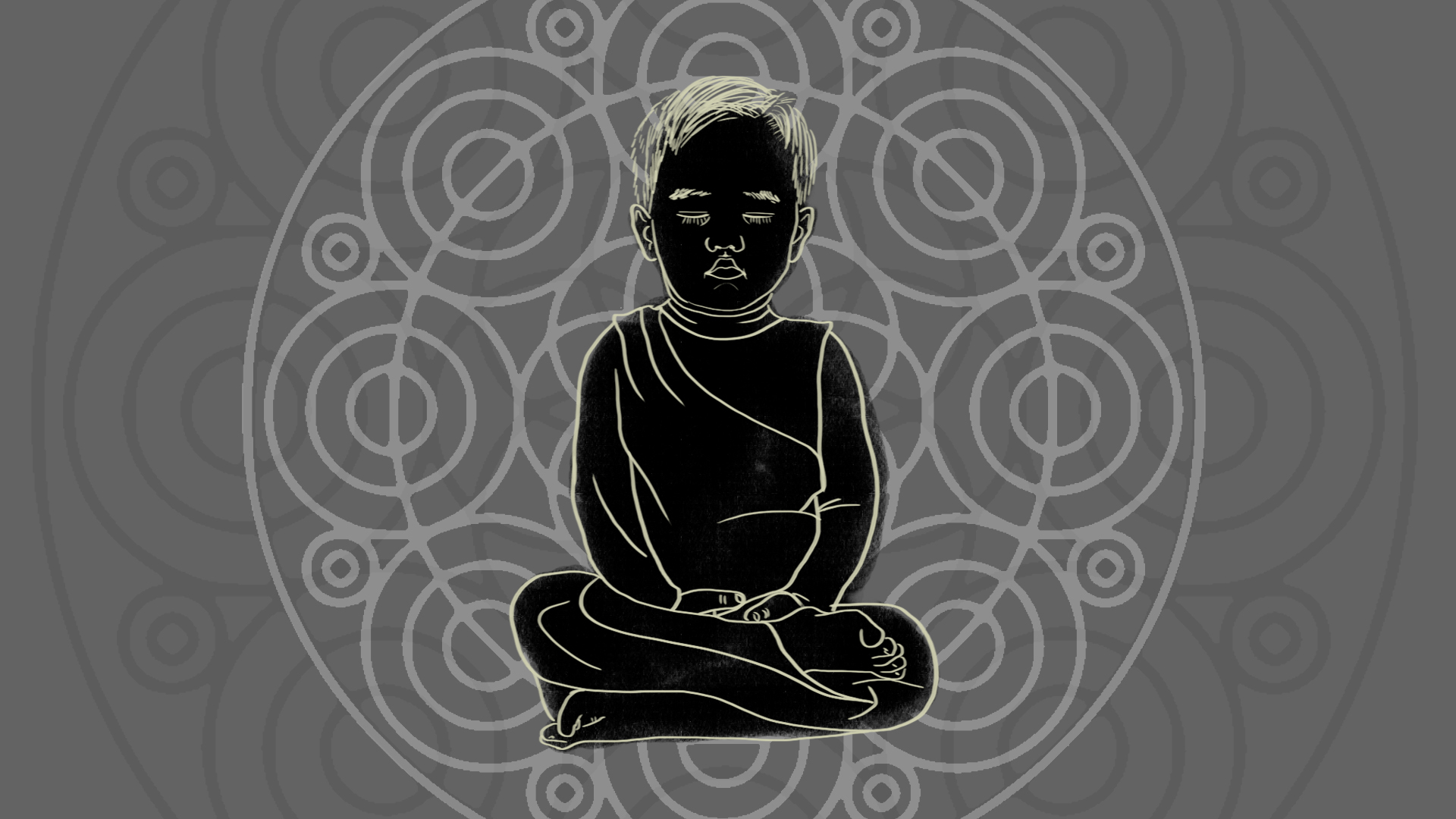For Westerners, the topic of children and psychedelics is a near-untouchable one, mired in taboo and stigma. Many find the idea of allowing children to ingest psychedelics, or even be in their presence, dangerous and irresponsible. As we stand on the precipice of greater access to these substances, it may be time to examine the views that have governed our mode of thinking by reaching outside of the Western canon.
Ann Shulgin has said: “When you are under the age of, say, 16, you haven’t really lived that long. You haven’t had time to find out what the core of yourself is”1. YouTube. https://www.youtube.com/watch?v=sifMmkwnUec] Artist Allyson Grey called drug use “dangerous,” both for its legal status and because “young forming egos should not partake in mind-altering ‘ego dissolving’ substances”2 Terrence McKenna advises us to tell children, “This is very adult business and you can get into trouble of all different kinds and here are the kinds of trouble you can get into”.3. Youtube. https://www.youtube.com/watch?v=QPwqrTEgFJo]

All of them have good reason to be cautious. Almost all psychedelics are classified as Schedule I illegal drugs, and procuring or using them requires that we break the law. Aside from that, we have almost no research on how psychedelics affect the developing brain.
The idea that exposing children to psychedelic substances is dangerous is a decidedly Western concept; not every culture treats the topic the same way.
While I wholeheartedly agree that caution is a wise strategy in approaching children and psychedelics, it is also important to recognize where rigid paradigms govern our thinking. The idea that exposing children to psychedelic substances is dangerous is a decidedly Western concept; not every culture treats the topic the same way. When we look outside these models, we find many examples of non-substance participation in psychedelic medicine rituals and ingestion of psychedelic substances during all stages of the lifecycle.
Unlike Western culture, where adults are cautioned to keep psychoactive substances away from children, in indigenous cultures, children may be involved in the harvest, ceremony, and ingestion of substances in both small and full doses. During the 2019 Horizons conference, speaker Steven Bennally, Board Director of the Indigenous Peyote Conservation Initiative, showed images of elders in his community harvesting peyote buttons with young children. During this time together, he said, the adults took the opportunity to teach children that when something is taken from the earth, something must be given back.
Children are often present in ceremony while the adults ingest a substance. In some traditions, young children are given varying amounts of the substance as part of an initiation ritual.4 The Huichol Indians in Mexico give small doses of peyote to their children around age six, or “the age of understanding,” when they can verbally articulate their experiences; larger vision-inducing doses are given around age eight.5 Similarly, members of the Fang tribe in Gabon administer ibogaine to children around age eight to ten. Parents who are Santo Daime Church members give miniscule doses of ayahuasca to babies just hours old.
Even before early childhood, some indigenous cultures, like the Huichol Indians of Mexico and members of the Native American Church (NAC) in the United States and Canada, utilize plant medicines prenatally or during breastfeeding to help prevent miscarriage, ensure the maturation of the fetus, and increase breastmilk production6 In fact, the story of a pregnant woman ingesting peyote is woven into the NAC Peyote Woman mythology, where a pregnant woman is lost in the desert and starving, and is called to ingest peyote, which helps her deliver the child with ease.7
Children risk interactions with the criminal justice system, especially non-white children whose communities are more heavily policed and who are arrested at disproportionate rates.

Caution is a wise way to approach children and psychedelics. While anecdotal and empirical evidence about children’s use of psychedelics exists, we have hardly any scientific peer-reviewed research on this topic, nor on mothers ingesting psychedelics during pregnancy or breastfeeding. Since childhood and adolescence are periods of rapid brain development, anything that may alter the structure or functioning of the brain warrants very careful consideration in how they are used, or whether they are used at all until the brain finishes developing. Moreover, procuring and ingesting psychedelics is illegal. Children risk interactions with the criminal justice system, especially non-white children whose communities are more heavily policed and who are arrested at disproportionate rates.
The legal risks are also a factor when children are present while adults ingest psychedelics. Moreover, children who are unaccustomed to seeing their parents or other adults in an altered state of consciousness could find the experience to be disturbing or traumatic. If children are not able to be supervised due to the adults’ incapacitation, this could pose a safety concern, and potentially jeopardize a parents’ rights to custody.
What we do know from studying Native Americans who used peyote regularly is that there is no evidence of brain damage or psychological problems. In fact, Native Americans who used peyote scored better on several measures of overall mental health than members of the same tribe who did not use peyote, likely due to their association with the Church community that uses peyote as a sacrament (The Harvard Gazette, 2005). Furthermore, a study of 40 Brazilian adolescents who consumed ayahuasca found no differences between them and a control group that did not consume ayahuasca on neuropsychological and psychiatric tests.8 It also found that the ayahuasca consuming adolescents used alcohol and other substances at lower rates, and experienced less overall anxiety.9
Several studies on this topic are already on the horizon. The Food and Drug Administration is poised to greenlight research on MDMA for adolescents experiencing PTSD,10 and studies using cannabis to treat children’s medical conditions like autism, epilepsy, and inflammatory bowel syndrome are in progress. A Yale University study on Ketamine for severe adolescent depression is in Phase 2.11
Indigenous children are not using psychedelics for escapism, experimentation, or in ways that are contrary to their society’s norms.
And, even without the existence of clinical research, Westerners can still glean knowledge from Indigenous communities about children’s involvement in psychedelics. First, it is clear that many Western adolescents will find ways to use psychedelics, no matter what. A 2018 survey by the Substance Abuse and Mental Health Services Administration found that one in five people age 12 or older used an “illicit” drug within the past year (Substance Abuse and Mental Health Services Administration, 2019). Indigenous use, which involves children in the ceremonial or ingestion aspects of psychoactive substances, not only removes the taboo and legal restrictions that can increase harm for Western adolescents engaged in psychedelic use, but also instills a sense of reverence for these substances. Indigenous children are not using psychedelics for escapism, experimentation, or in ways that are contrary to their society’s norms.
Second, for those of us wishing to help guide our children in building a spiritual path, the ceremonial aspect of psychedelic use—even without ingestion of psychoactive substance—is a model for Western parents to use for creating spiritual experiences. Finally, exposing children to psychoactive substances as observers of ceremonial use can be a mode of conveying important teachings about how we go about achieving personal and spiritual growth, how we build community, and how we interact with the natural world.

As a mother of a three and six-year-old, I am responsible for guiding my own children in building their spiritual lives. And one day, one or both of them may wish to use psychedelics. My work as a harm reduction integration therapist makes me feel reasonably equipped to have that conversation. Researching different cultural paradigms as part of my project, Plant Parenthood, has helped me open my mind to introducing them conceptually to these substances in an age-appropriate way, rather than shielding them until they discover them through peers. In my house, it’s as simple as explaining that certain plants and medicines can be used carefully to help people feel better when they are sad.
In the next few years, we are poised to have more access to psychedelics than ever before. And for parents, that means preparing their children for the world they will encounter. By learning from cultures who have utilized psychedelics since immemorial times, we can better equip them to treat these substances with reverence and, if they choose, use them as a tool to deepen their spiritual life.
Art by Mariom Luna.
References
- Mind States. (2017, December 15). Children & psychedelics: Dosing the kids? [Video file ↩
- Hanna, J. (2004). Parenting in a war zone: A conversation with the Grey family. Multidisciplinary Association for Psychedelic Studies, 14(2), 13–20. https://maps.org/news-letters/v14n2/v14n2_15-22.pdf ↩
- Fractal Youniverse. (2018, May 9). Terrence McKenna – Psychedelics and parenting (Video Lecture) [Video file ↩
- Stuart, R. (2004). Psychedelic family values. Multidisciplinary Association for Psychedelic Studies, 14(2), 47–52. https://maps.org/news-letters/v14n2/psychedelic_family_values.pdf ↩
- Stuart, R. (2004). Psychedelic family values. Multidisciplinary Association for Psychedelic Studies, 14(2), 47–52. https://maps.org/news-letters/v14n2/psychedelic_family_values.pdf ↩
- Schaefer, S. B. (2019). Beautiful flowers: Women and peyote in indigenous traditions. Multidisciplinary Association for Psychedelic Studies, 29(1), 8–13. https://s3-us-west-1.amazonaws.com/mapscontent/news-letters/v29n1/v29n1_p8-13.pdf ↩
- Schaefer, S. B. (2019). Beautiful flowers: Women and peyote in indigenous traditions. Multidisciplinary Association for Psychedelic Studies, 29(1), 8–13. https://s3-us-west-1.amazonaws.com/mapscontent/news-letters/v29n1/v29n1_p8-13.pdf ↩
- Labate, B. C. (2011). Consumption of ayahuasca by children and pregnant women: medical controversies and religious perspectives. Journal of Psychoactive Drugs, 43(1), 27–35. https://www.researchgate.net/publication/51167576_Consumption_of_Ayahuasca_by_Children_and_Pregnant_Women_Medical_Controversies_and_Religious_Perspectives ↩
- Labate, B. C. (2011). Consumption of ayahuasca by children and pregnant women: medical controversies and religious perspectives. Journal of Psychoactive Drugs, 43(1), 27–35. https://www.researchgate.net/publication/51167576_Consumption_of_Ayahuasca_by_Children_and_Pregnant_Women_Medical_Controversies_and_Religious_Perspectives ↩
- Thoricatha, W. (2019, November 12). New frontiers in the psychedelic renaissance: Musings from the MAPS Psychedelic Science Summit. Psychedelic Times. https://psychedelictimes.com/psychedelic-science-summit/ ↩
- National Library for Medicine (2019). Ketamine for severe adolescent depression: Intermediate-term safety and efficacy (Clinical trial). https://clinicaltrials.gov/ct2/show/NCT03889756. ↩
Take a minute to browse our stock:
Did you enjoy reading this article?
Please support Chacruna's work by donating to us. We are an independent organization and we offer free education and advocacy for psychedelic plant medicines. We are a team of dedicated volunteers!
Can you help Chacruna advance cultural understanding around these substances?
















